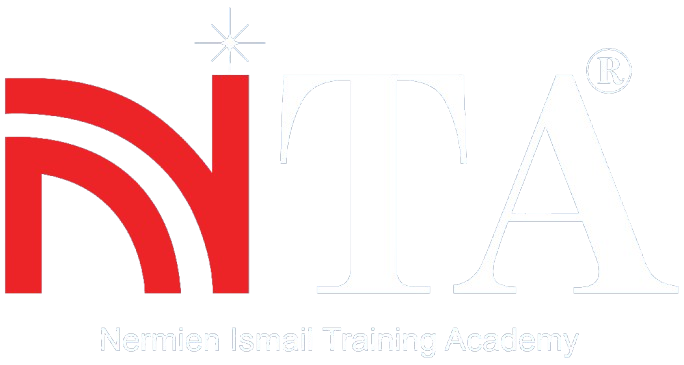Using these four qualities makes feedback more helpful and encourages students to learn and improve. It also saves teachers time by focusing on the most important points.
Brain breaks are quick activities that give students a chance to do something different from their regular lessons, so they come back feeling refreshed and ready to focus.
Every child is different and teachers or parents need to find out how each child learns best-whether through seeing, hearing, moving, or other ways. The video talks about making learning fun and using games, colors, and hands-on activities to help …
Unlike regular Google searches, Perplexity summarizes information and gives sources so you don’t have to read many pages. The video explains how Perplexity is different from ChatGPT and how it can save time by giving direct answers.
Why just pairing stronger and weaker students together doesn’t always work. Instead, the video suggests using differentiation-which means giving students different tasks, activities, and goals based on their level.
12 ways to use ChatGPT to save time and make lessons better. It covers using ChatGPT for lesson planning, research, classroom activities, personalized learning, student teamwork, creating quizzes, and even administrative tasks.
15 easy ways teachers can use AI tools to save time and work smarter. It explains how AI can help create lesson plans, make different materials for students, build slide presentations, and write faster.
Taking notes is a useful skill for everyone, not just students. It shows how note-taking helps you stay focused, understand things better, and remember information longer.
Cooperative learning means students work together in groups to share ideas and learn from each other, instead of just listening to the teacher.
How teachers can help students learn step-by-step using scaffolding and explicit instruction. It shows how teachers first model a task (“I do”), then do it together with students (“We do”), and finally let students try it on their own (“You …
